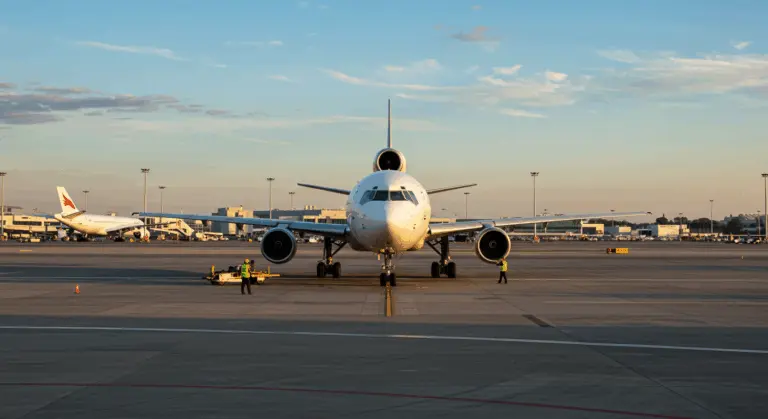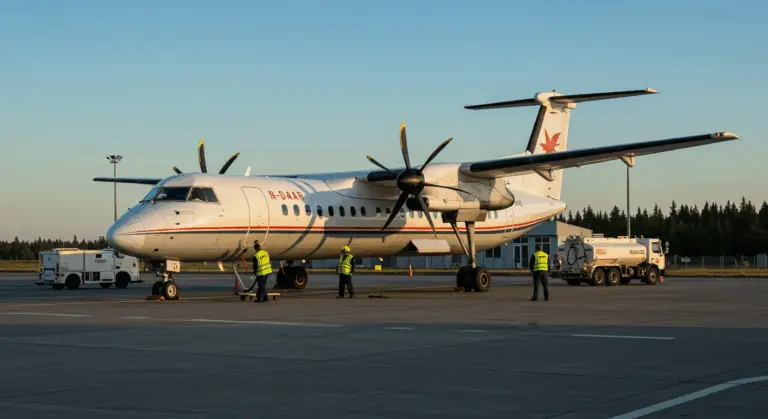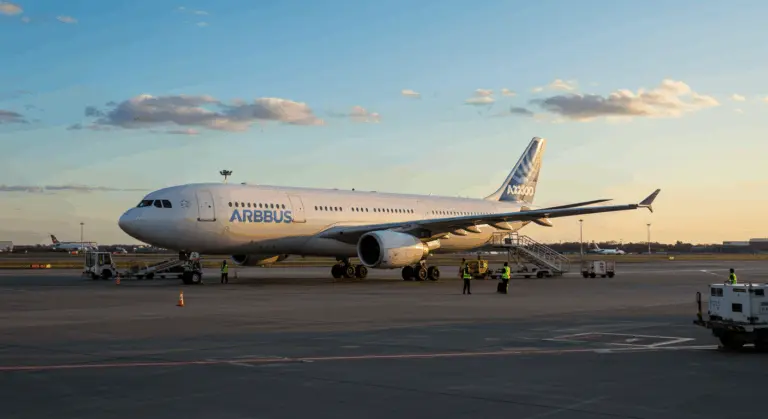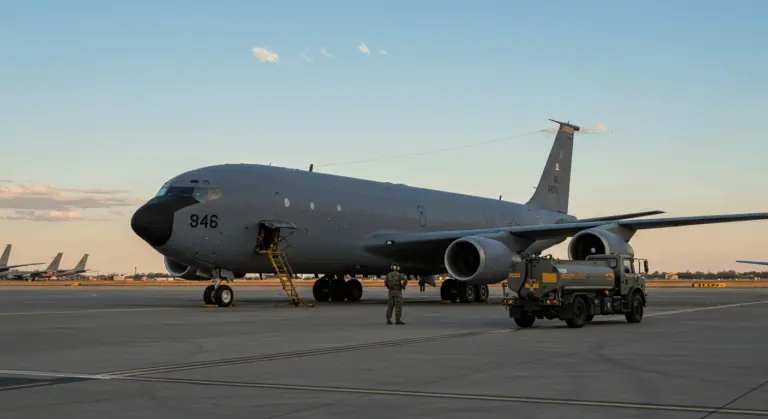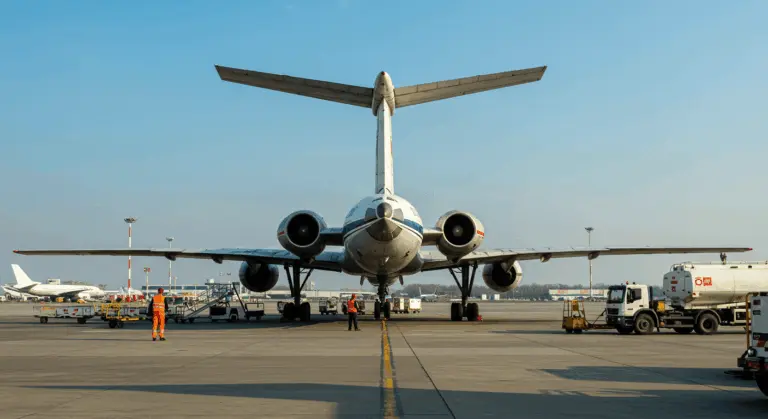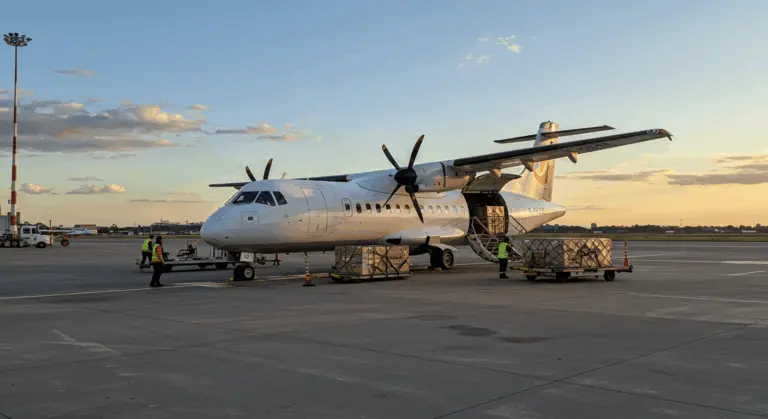Modern aviation demands precision-engineered ground support equipment that ensures safe, efficient engine handling throughout maintenance cycles. A professional jet engine stand serves as the cornerstone of reliable aircraft maintenance operations, providing secure transportation and positioning capabilities for engines worth millions of dollars. With the global aircraft engine stands market projected to reach $2.72 billion by 2031, growing at 8.6% CAGR, the strategic importance of quality stand solutions continues expanding.
Understanding Jet Engine Stand Requirements
Technical Specifications and Safety Standards
Jet engine stands comprise two critical components: a specialized cradle and robust base structure that collectively form a secure engine management system. The cradle provides essential vibration damping during transport, while the base ensures stability and facilitates safe short-distance movements within maintenance facilities.
Modern stands must accommodate diverse engine architectures from leading manufacturers including GE, Pratt & Whitney, and Rolls-Royce. Each engine type requires tailored mounting interfaces and load distribution characteristics to prevent costly damage during handling operations.
| Engine Category | Weight Range | Stand Requirements |
|---|---|---|
| Regional Turbofans | 1,500-3,000 lbs | Specialized cradles, enhanced mobility |
| Narrow-body Engines | 5,000-8,000 lbs | Heavy-duty construction, precision mounting |
| Wide-body Powerplants | 12,000-18,000 lbs | Advanced rollover capabilities, hydraulic systems |
Aircraft-Specific Solutions: Boeing 717 Case Study
The Boeing 717’s unique operational profile exemplifies the precision required in engine stand selection. This twin-engine regional aircraft, powered by BMW Rolls-Royce BR715 engines, demonstrates specific handling requirements that demand appropriate ground support equipment. Understanding the Boeing 717’s specifications and operational characteristics helps maintenance teams select optimal stand configurations for efficient servicing procedures.

Strategic Leasing Advantages
Financial and Operational Benefits
Leasing jet engine stands delivers compelling advantages over ownership, particularly for operations with fluctuating maintenance schedules:
- Capital Preservation: Converting large capital expenditures into manageable operational expenses
- Maintenance Elimination: Professional stand maintenance included in leasing agreements
- Technology Access: Regular access to latest OEM-certified equipment without obsolescence risk
- Global Availability: Rapid deployment capabilities across international maintenance locations
National Aero Stands: Industry Leadership
National Aero Stands has established itself as the definitive authority in jet engine stand leasing, maintaining over 300 units supporting 25 distinct engine types across seven strategic global locations. Recent recognition as Aircraft Engine Transportation Stands Company of the Year reinforces the company’s market leadership position2.
Comprehensive Service Portfolio:
- 24/7 Technical Support: Round-the-clock expertise for AOG situations and routine maintenance
- Global Logistics Network: Strategic positioning in Austin, Dallas, Dubai, Miami, Netherlands, Phoenix, and Singapore
- OEM Certification: Complete compliance with manufacturer specifications and safety standards
- Rapid Response: Equipment delivery within 24 hours for critical operational needs
COO Gail Holguin emphasizes the company’s customer-centric approach: understanding each client’s fleet composition, maintenance locations, and operational challenges enables tailored solution development that addresses specific requirements.
Industry Applications and Future Outlook
Modern jet engine stands support diverse aviation sectors including commercial airlines, MROs, and engine leasing companies. As aircraft complexity increases and maintenance demands grow, professional stand solutions become increasingly critical for operational efficiency and safety compliance.
Jet engine stand solutions represent essential infrastructure for modern aviation maintenance, requiring specialized expertise and professional service delivery to ensure optimal performance and safety standards.

